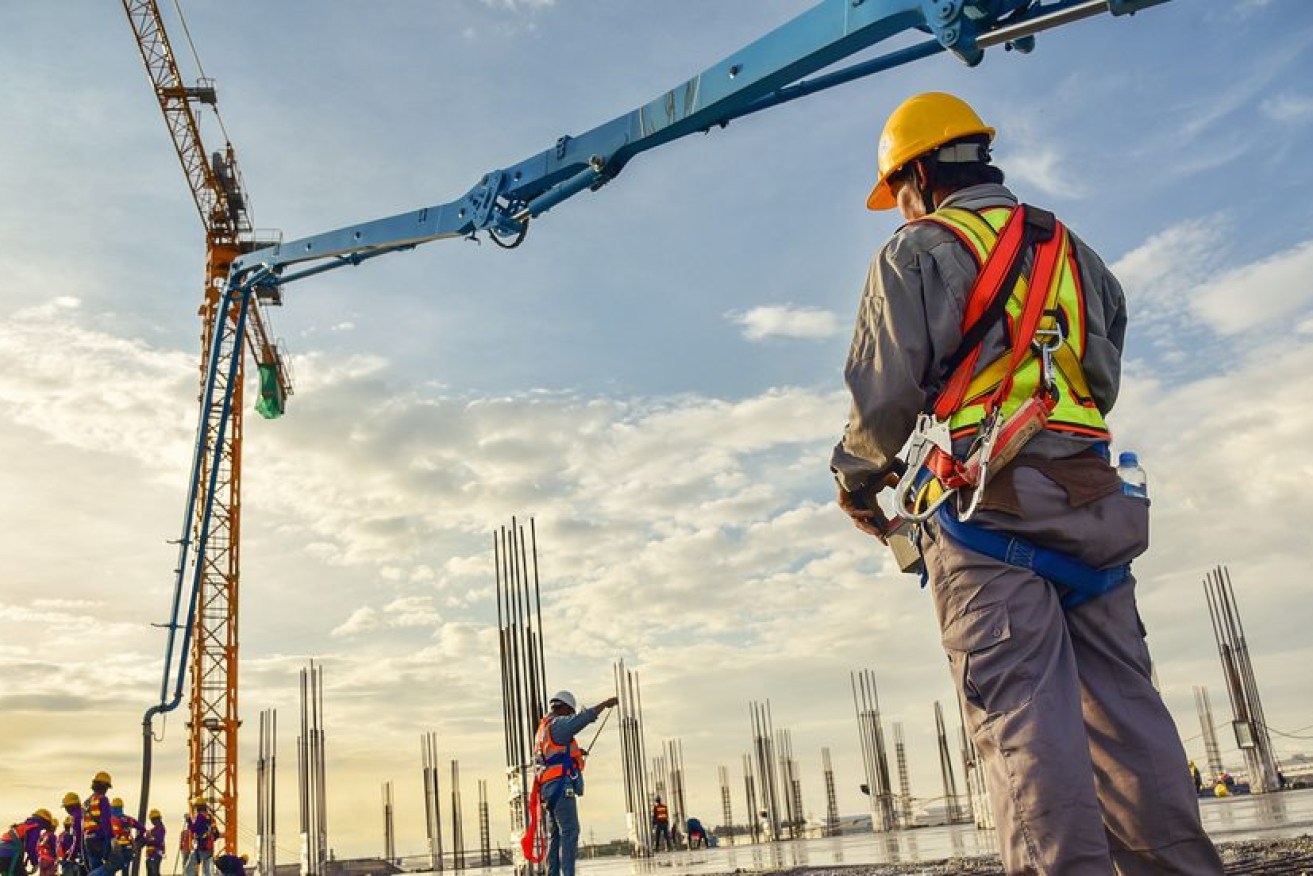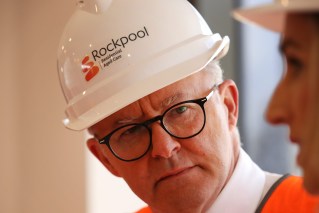Building momentum: How nation’s construction growth has raced to three-year high
Australia’s construction industry is growing at its strongest pace in more than three years, buoyed by home-building activity against the backdrop of record house prices and mortgage lending.

Housing was being impacted by a lack of engineers and planners (file photo)
Low interest rates and the Federal Government’s HomeBuilder stimulus measures are among factors driving the home building activity.
The Australian Industry Group/Housing Industry Association performance of construction index rose by a further 2.3 points to 57.6 in the past two months, indicating four consecutive months of positive conditions.
This was the strongest result since July 2017.
HIA economist Angela Lillicrap said new orders in the housebuilding sector remained at a record high in January, consistent with other indicators, including housing finance and new home sales.
“HomeBuilder was the catalyst for consumer confidence in the market improving and this has been enhanced by several factors including low interest rates and growth in house prices,” she said.
Ai Group head of policy Peter Burn said this stronger performance was further evidence of the recovery from the depths of the COVID-19 crisis.
Reserve Bank Governor Philip Lowe will get the opportunity to lay out his views for the year ahead in his first public address of the year on Wednesday.
Lowe will deliver a speech to the National Press Club in Canberra, a day after the central bank board left its key interest rates at a record low 0.1 per cent for another month.
In his post-meeting statement, Lowe said Australia’s economic recovery was well under way and stronger than earlier expected.
The Reserve Bank’s central scenario is for economic growth to now return to its pre-pandemic level by the middle of the year and grow by 3.5 per cent over both 2021 and 2022.
But at 6.6 per cent, the unemployment rate remains higher than it has been for the past two decades and is still expected to be about six per cent at the end of this year and 5.5 per cent at the end of 2022, which is above its pre-pandemic level.
Wages and inflation also remain subdued.
But Lowe reiterated the board will not increase the cash rate until actual inflation is sustainably within the two per cent to three per cent target range, something the board does not expect to happen until 2024.
The central bank also announced it will extend its bond-buying program beyond mid-April, and when it will start purchasing a further $100 billion in federal and state government bonds.
This quantitative easing program aims to keep long-term market interest rates, and in turn borrowing rates, low.












